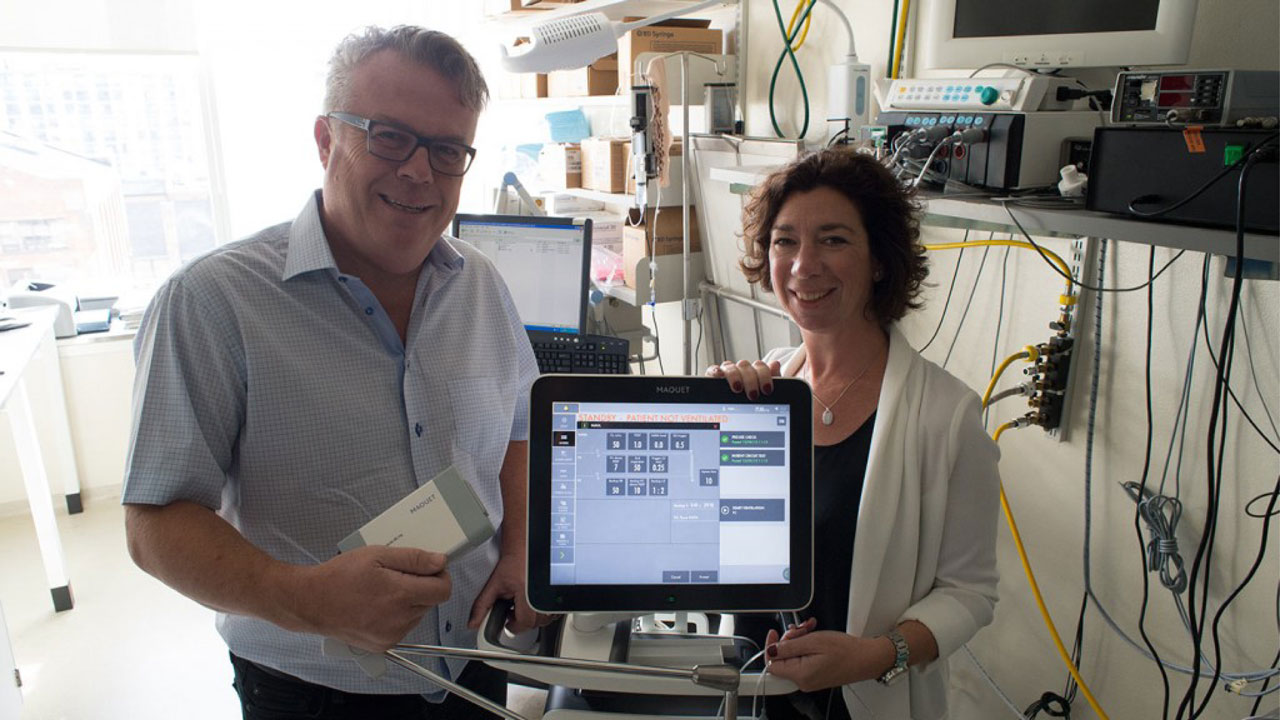
The idea of ventilating the critically ill has been around since 1543 when Andreas Vesalius proposed “That life may be restored to the animal, an opening must be attempted in the trunk of the trachea, into which a tube of reed or cane should be put; you will then blow into this, so that the lung may rise again and take air.” (1)
Ventilators have helped patients breathe more or less in this way for centuries—filling the lung by force with an amount of air determined by the caregiver.
Even with modern medicine, the risk is that the ventilator is not in sync with the patient’s own breathing efforts. Sometimes, the amount of assist given by the ventilator is set too high, and this can cause lung damage and/or diaphragm disuse, making it hard or impossible to wean the patient from the ventilator. Breathing that is not in line with the body’s needs can lead to discomfort and agitation—requiring painkillers or sedatives—and make it harder to breathe.
